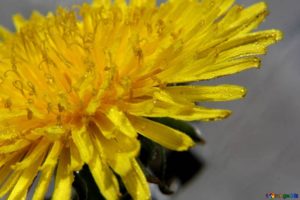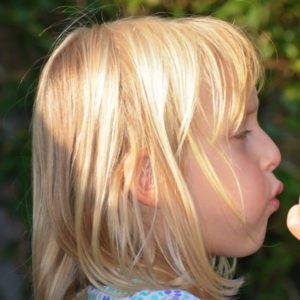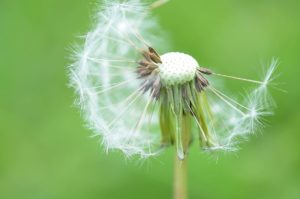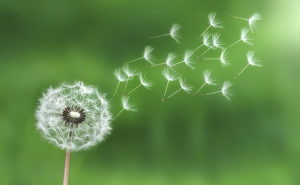Dandelion (Taraxacum sp.)
Sometime around the third week in April in New Jersey, we reach the peak of Dandelion season. These bright golden blossoms appear on lawns and roadsides. Each blossom is a composite of many individual florets, each producing its own seed.

The name dandelion refers not to the bright flowers, but to the leaves which form the familiar flat rosettes on the ground:
In this video, Pat Heaney, the Watershed’s Assistant Director of Education, explains the origin of the name Dandelion.

Like golden haired youth giving way to gray tresses, the flowers are soon followed by their seed heads.

These are the familiar fluff balls or wishes that children love to blow away. They are also known as fairy clocks, the number of seeds left after blowing might tell you the time in fairy land.
Once the seeds are blown away, the lion becomes pig.
Look for the pig’s snout and click here see how to make the curly pigs tail.


Although dandelions are often maligned by those who want green lawns, these plants have much to offer. Besides beauty and fun, they are an early source of nectar for bees and other pollinators.
Dandelions are edible. The leaves are fine in salads or as a cooked green. The flowers make a delicious fritter when breaded and fried, and can be made into wine. The roasted roots were used as a coffee additive or substitute, much like chicory. If you choose to feast, make sure you are picking from areas that are safe and have not been contaminated with pesticides or other hazards.

Dandelions belong to the genus Taraxacum. The name of the common dandelion species: officinale refers to the fact that the plant was a known medicinal remedy. The specific epithet officinale or officinalis was used for plants found in the pharmacopeia. Dandelions have been said to cure everything from inflammation to kidney infections.
There are many composite flowers that look similar to the common dandelion, so many, that amateur botanists are known to classify them as DYCs, for darn yellow composites. Later in the summer you might find hawkweeds, which have a similar flowers, but have branching stems and hairs on the leaves.
Take a look around and enjoy the emergence of dandelions or golden buttons on the earth’s green coat.

